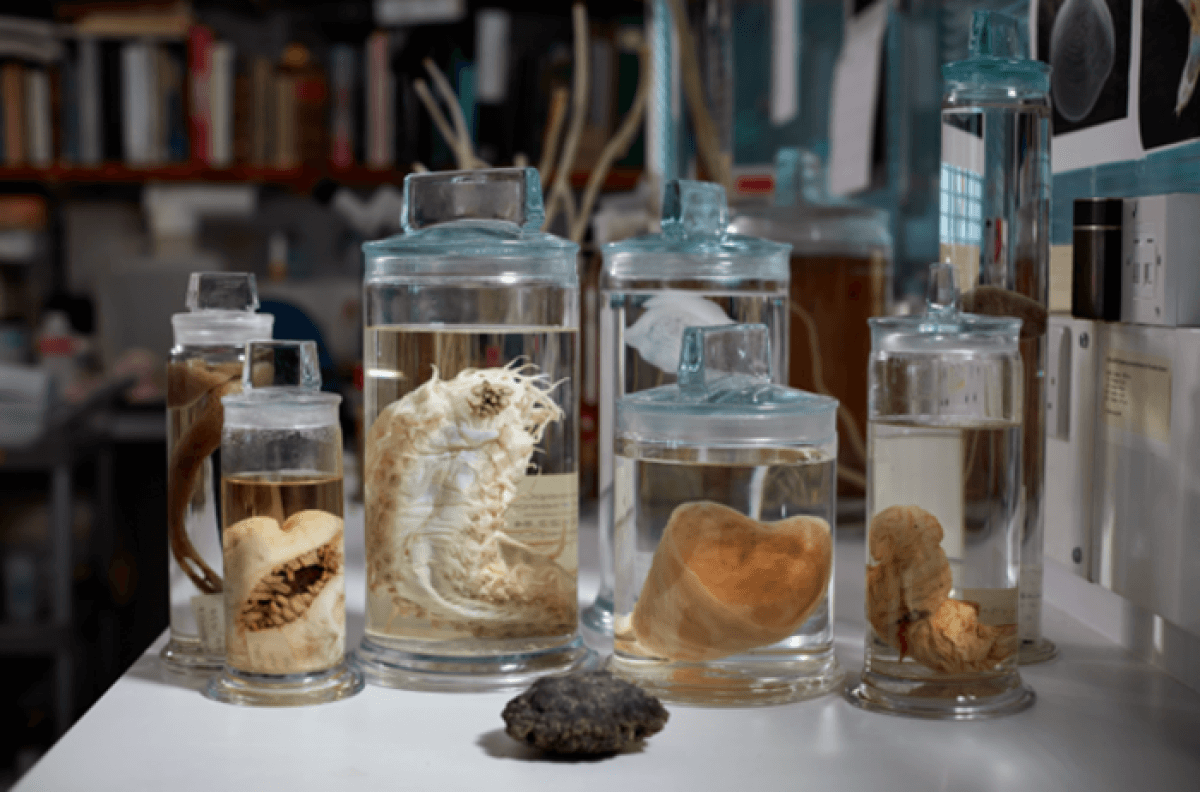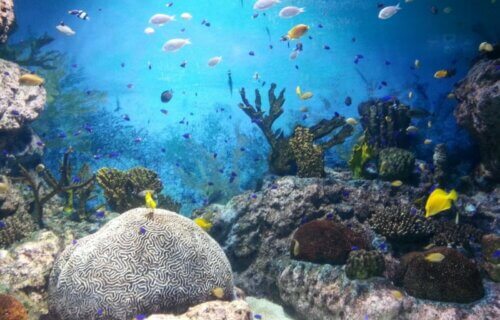LONDON — An expedition to the Pacific Ocean has discovered more than 5,000 new marine species — at a site where humans are hoping to mine in the future. They include strange shellfish, carnivorous sponges, sea cucumbers, worms, and urchin-like spiny invertebrates.
The discovery is adding to the evidence that we may know more about space than we do about our own oceans. Researchers found these species in the Clarion-Clipperton Zone (CCZ) — a region covering nearly four million square miles between Mexico and Hawaii.
“There’s some just remarkable species down there. Some of the sponges look like classic bath sponges, and some look like vases. They’re just beautiful,” says Muriel Rabone, a deep-sea ecologist at the Natural History Museum London.
“One of my favorites is the glass sponges. They have these little spines, and under the microscope, they look like tiny chandeliers or little sculptures,” Rabone continues in a media release. “We share this planet with all this amazing biodiversity, and we have a responsibility to understand it and protect it.”

Over 90% of the species have never been seen before
The CCZ is almost as big as Australia and one of the most pristine wildernesses on Earth. However, the region has also been divided up for future deep-sea mining.
Biologists built the first “CCZ checklist” to shed light on what might be at risk once companies start their operations. It includes a total of 5,578 different species found in the region, up to 92 percent of which are entirely new to science.
Study authors collected these records during cruises by the Royal Research Ship, James Cook. Remote-controlled robots traversed the ocean floor, allowing a simple box to pick up samples.
“It’s a big boat, but it feels tiny in the middle of the ocean. You could see storms rolling in; it’s very dramatic,” says Rabone. “And it was amazing—in every single box core sample, we would see new species.”
Only six of the creatures described in over 100,000 records have been seen in other areas of the planet, suggesting that the CCZ is home to a unique ecosystem. Going forward, the international team emphasizes the importance of increasing cohesive, collaborative, and multidisciplinary research efforts in the CCZ to gain a deeper grasp of its biodiversity.
Researchers add it is vital to learn more about the newly discovered species and how they are connected to the environment around them. Additionally, they urge other researchers to delve into the biogeography of the region to better understand, for example, why certain species cluster in particular geological regions.
“There are so many wonderful species in the CCZ, and with the possibility of mining looming, it’s doubly important that we know more about these really understudied habitats,” Rabone concludes.
The study is published in the journal Current Biology.
What is the purpose of deep-sea mining?
Deep sea mining is primarily motivated by the extraction of precious minerals and metals from the sea floor. These resources could include valuable metals such as copper, nickel, cobalt, manganese, zinc, gold, and rare earth elements. Here are a few specific reasons companies engage in deep-sea mining:
- Resource Scarcity: The demand for minerals and metals is increasing due to their use in a variety of industries. In particular, they’re crucial for electronics, renewable energy technologies (like wind turbines, solar panels, and electric vehicle batteries), and advanced military hardware. As resources on land become scarcer and harder to reach, the sea floor presents an untapped reserve.
- Technological Advances: Developments in underwater technology have made deep-sea mining a more viable option. Innovations in robotics and remote-operated vehicles have made it possible to extract resources from the deep sea, despite the challenging environment.
- Economic Potential: The economic potential of deep-sea mining is considerable. The sea floor is thought to hold vast amounts of valuable metals and minerals, which could bring substantial profit to industries and countries that invest in this form of mining.
- Strategic Considerations: Some countries may pursue deep-sea mining to reduce their dependency on foreign countries for strategic resources, particularly for rare earth elements, which are crucial in many modern technologies.
South West News Service writer Mark Waghorn contributed to this report.


Six months ago, no-one knew these species existed, now we are all going moggy because they may not exist in 500 years time.